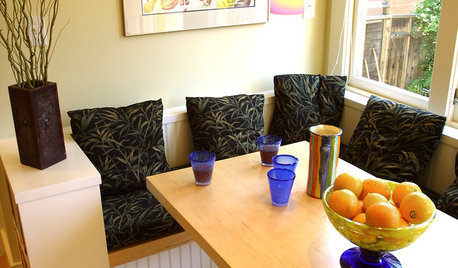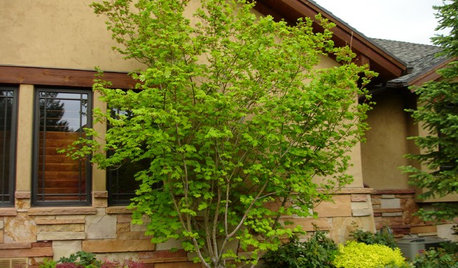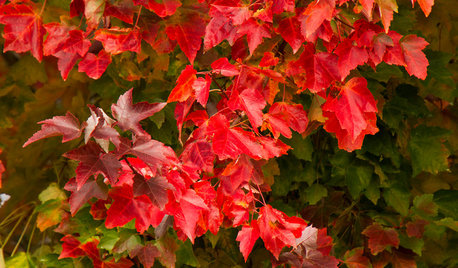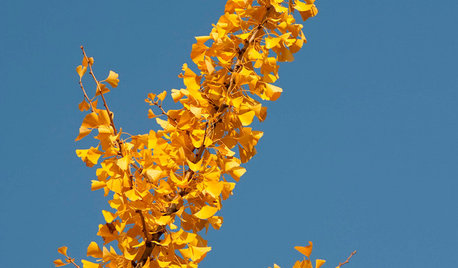maple leaves yellowing and developing holes
srolle1
16 years ago
Related Stories

FALL GARDENING5 Ways to Put Fall Leaves to Work in Your Garden
Improve your soil and yard the organic way with a valuable garden booster that grows on trees
Full Story
GARDENING GUIDESWhat's Wrong With My Plant? Leaves Often Hold the Clues
Learn how to identify common plant ailments by reading their leaves
Full Story
LAUNDRY ROOMSRoom of the Day: The Laundry Room No One Wants to Leave
The Hardworking Home: Ocean views, vaulted ceilings and extensive counter and storage space make this hub a joy to work in
Full Story
MATERIALSWoodipedia: Maple Is a Marvel Around the House
A heavy hardwood with lots of potential, maple appeals to modern sensibilities and won't break your budget
Full Story
GARDENING GUIDES12 Japanese Maples for a Sunny Garden
The right maple in the right place shines in hot summer sun
Full Story
GARDENING GUIDES13 Japanese Maples for Shade
A surprising variety of these understory trees is waiting to make a statement in your shade garden
Full Story
LANDSCAPE DESIGNGreat Design Plant: Vine Maple
Exciting year-round color and adaptability make this highly ornamental native small tree a top choice for home gardens
Full Story
TREESGreat Design Plant: Acer Rubrum Brings Shade and Beauty
Red maple — a fast-growing, low-maintenance Eastern native — has spectacular fall foliage and early-spring flowers that feed pollinators
Full Story
REMODELING GUIDESYour Floor: An Introduction to Solid-Plank Wood Floors
Get the Pros and Cons of Oak, Ash, Pine, Maple and Solid Bamboo
Full Story
GOLD FOLIAGEGreat Design Plant: Ginkgo Biloba
This ancient tree provides shade, tolerates urban planting conditions and explodes with golden yellow fall color
Full StoryMore Discussions






lou_spicewood_tx
rdak
Related Professionals
Edmond Landscape Contractors · Broomfield Landscape Contractors · Dudley Landscape Contractors · Fairfield Landscape Contractors · Hoffman Estates Landscape Contractors · New Cassel Landscape Contractors · Waipahu Landscape Contractors · North Hills Landscape Contractors · Englewood Fence Contractors · Glenview Fence Contractors · Kendall Fence Contractors · Kuna Fence Contractors · Maynard Fence Contractors · San Leandro Fence Contractors · Waunakee Fence Contractorsconifers
srolle1Original Author
rdak
schmoo
srolle1Original Author
schmoo
srolle1Original Author
schmoo
srolle1Original Author
schmoo
conifers